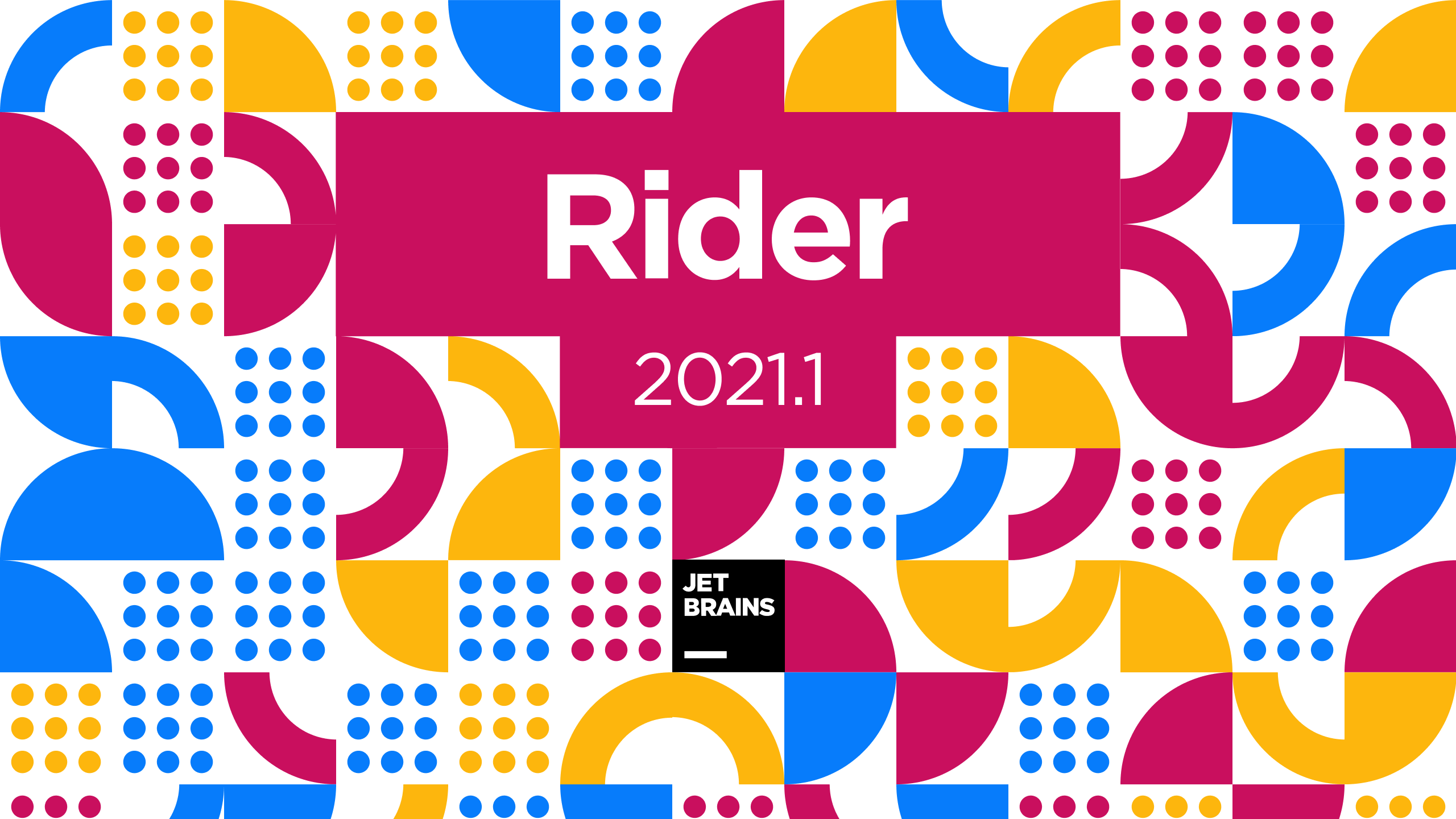.NET Tools
Essential productivity kit for .NET and game developers
Rider 2021.1: Updates to Docker and C# Support, Scaffolding in ASP.NET, and More!
Hello everyone,
We’ve just released Rider 2021.1. Let’s see what’s inside.
Update to Docker Support
Adding Docker support to a project in Rider is now easier – you can generate the Dockerfile while creating a new project. Just select Docker Support in the New project dialog. If you want to add a Dockerfile to an existing project, use Add | Docker Support in the context menu for a project in the Solution Explorer tool window.
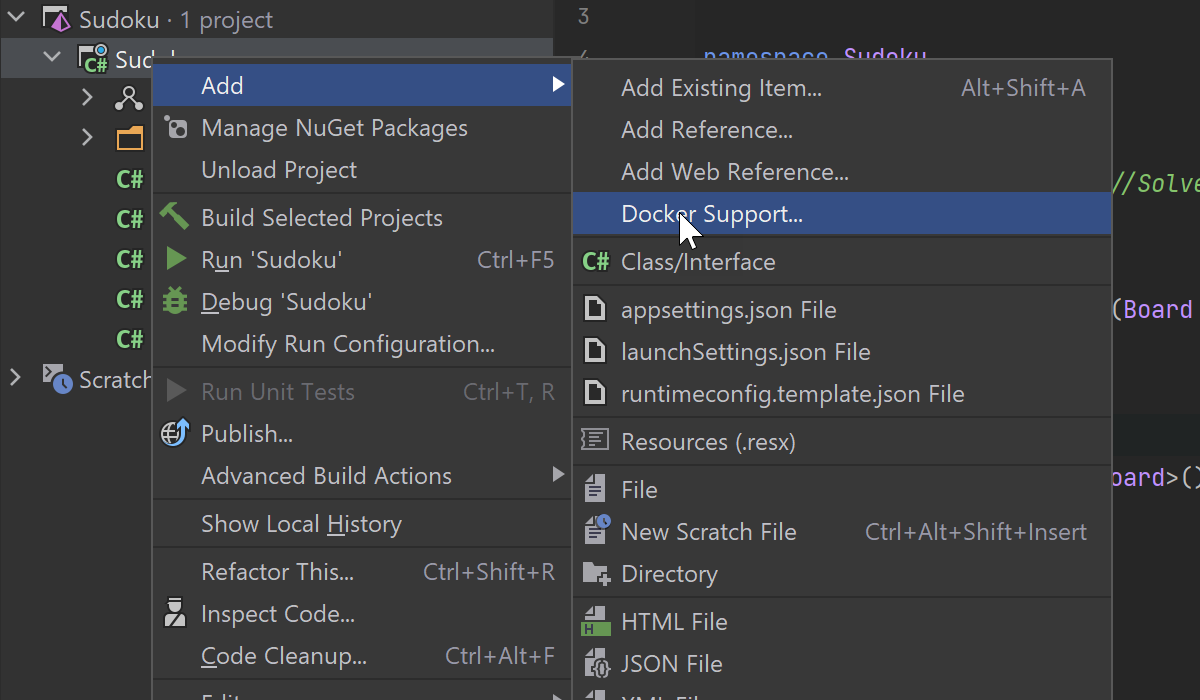
Rider can also run Dockerfiles generated by Visual Studio with no additional changes required from you.
Scaffolding for ASP.NET
There’s good news for developers who work with ASP.NET MVC, ASP.NET Web API, or Razor Pages: we’ve added a scaffolding mechanism for ASP.NET Core projects. Rider supports scaffolding Areas, Controllers, Razor Pages, Views, and Identity. It even generates boilerplate source code for full CRUD operations to use Entity Framework.
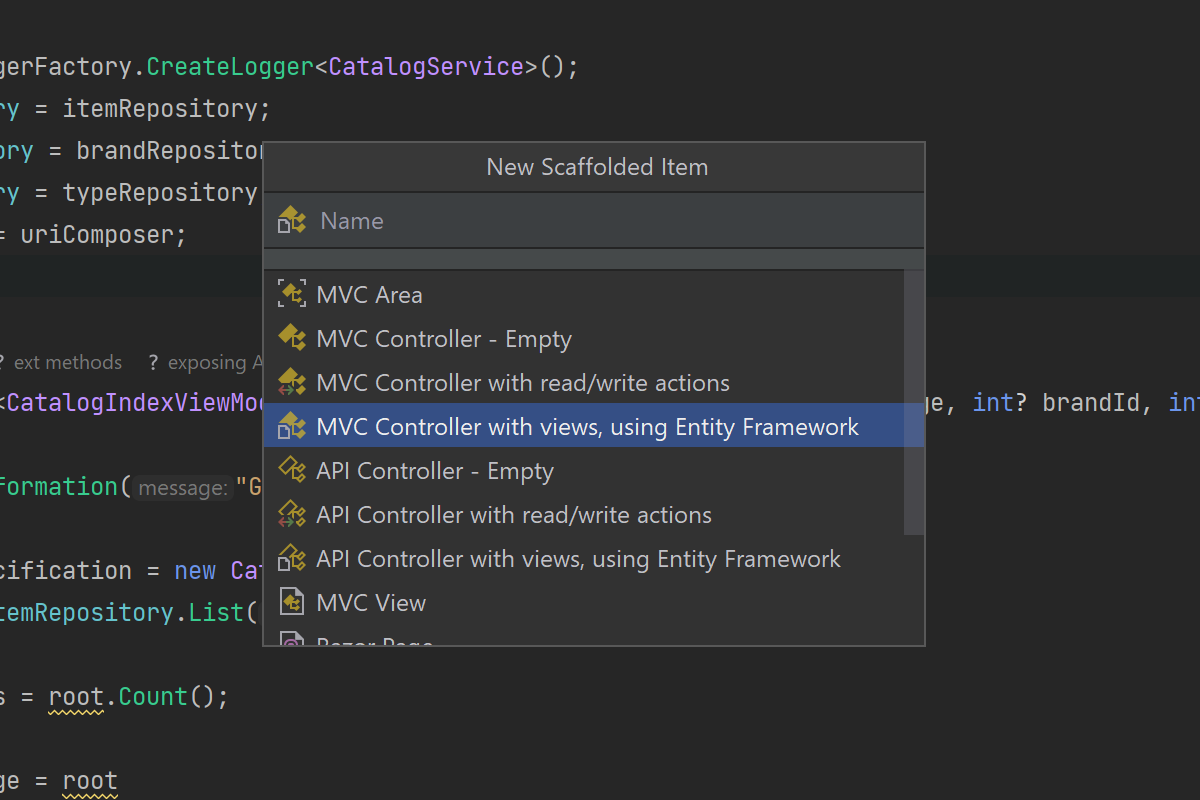
C# support
We’ve put a lot of effort into better supporting patterns and records. As a result, the Merge into pattern inspection can now be used with many more code patterns. Additionally, a set of new inspections and corresponding quick-fixes are available to help you work with records. The Extract interface and Extract superclass refactorings now work with record declarations, as well.

To learn more about improved support for patterns and records, check out our What’s New in Rider 2021.1 page.
In addition to that, we’ve introduced:
- A new inspection, Inline temporary variable.
- The Rename refactoring for named tuples. Named tuples have been with us since C# 7, and finally, you can call this well-known refactoring for them as well.
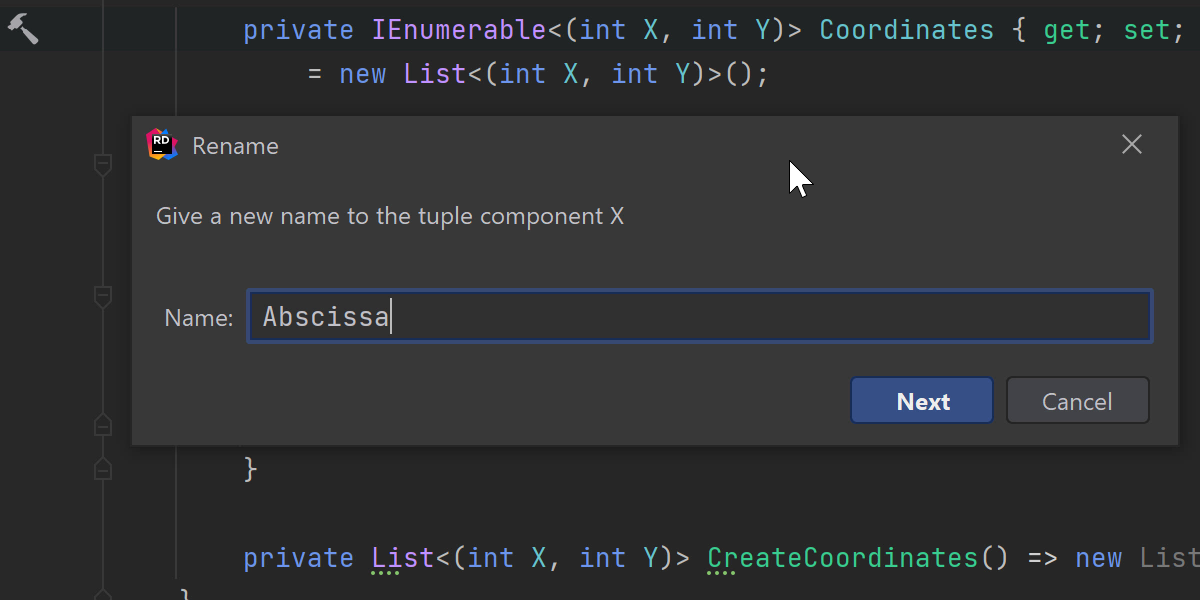
For those who are keen to use cutting-edge technologies, we’ve taken some first steps toward offering support for C# 10.0 and taught Rider to work with the Constant string interpolation feature.
Debugger
You can now attach to a .NET process right from the Welcome screen! No need to open a solution with the source code first. Just select the Attach to process tab on the Welcome screen, choose the .NET process you need from the list, and Rider will begin debugging it.

The second big feature we’ve added to the debugger is interactive debugger hints. Hints in the editor not only show you what’s going on but also allow you to intervene in and interact with the debugger process. You can input raw data or use other values with the help of autocompletion.
Pull Requests improvements
This release brings a huge set of improvements for working with pull requests:
- The Pull Requests (PR) view now features a drop-down list with all the available repositories for the current project.
- PR creation is now straightforward – just click the “+” icon or go to Git | GitHub | Create Pull Request.
- Support for PR templates is also here. Add a pull_request_template.md file with the PR description to your project, and every time you create a PR, this description will appear in it.
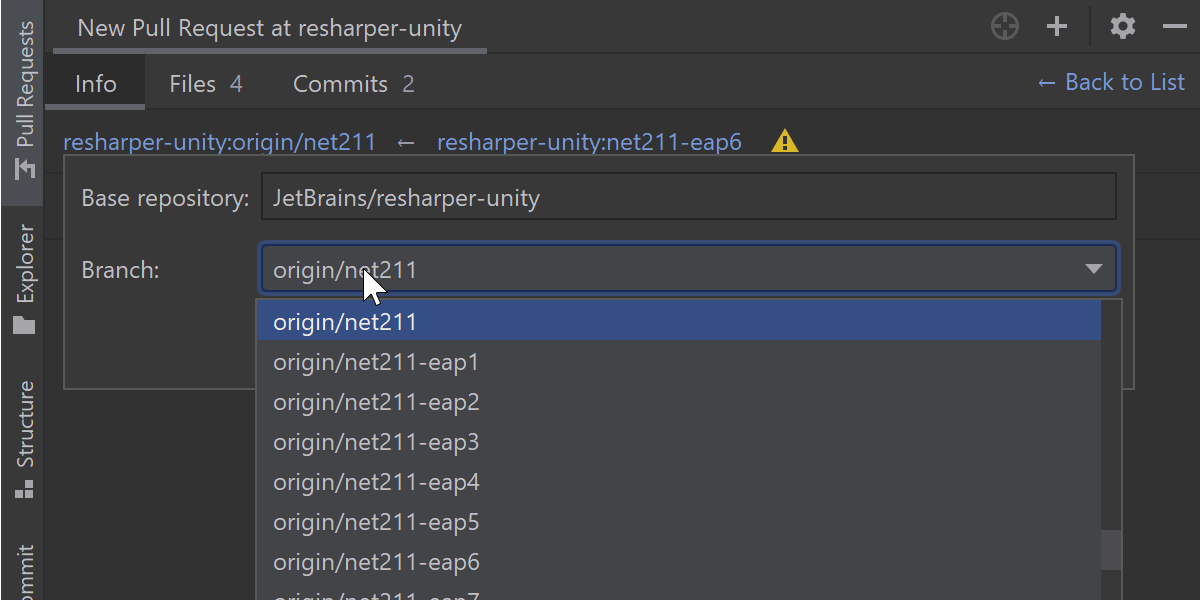
Other goodies
We have lots more in this release. Check out the long list below!
Web development
Apart from the scaffolding feature:
- We’ve introduced support for route templates. Rider now provides code completion, structural navigation, inspections, and quick-fixes for them.
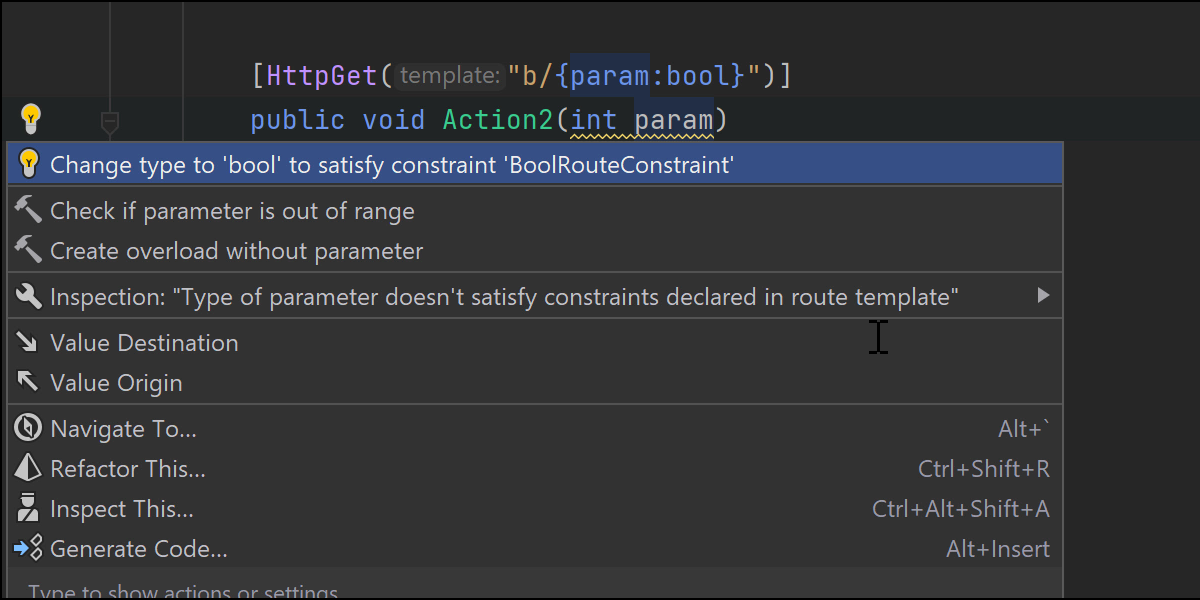
- The option to delete existing files in a folder before publishing is now available.
- MDN documentation is now bundled with Rider.
- Preview HTML files quickly with the new built-in browser preview.
Unity support
- Rider can show you where Unity is using your code inside animation assets, showing usages of properties and methods as animation callbacks.
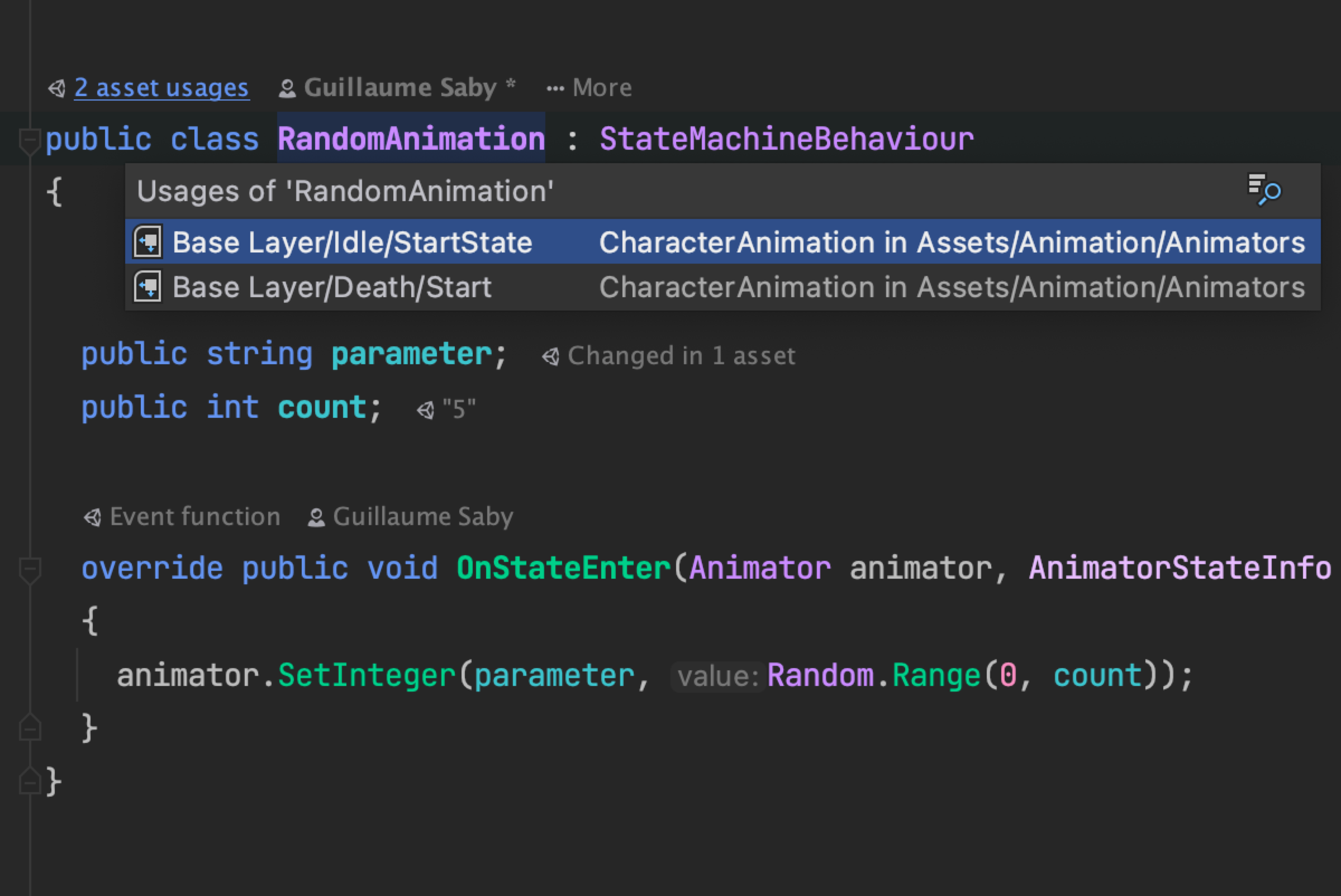
- Code completion and validation are now available for Unity’s animation state values.
- The new release adds menu items to show the methods called in the hot path back up to an Update method, or trace the outgoing calls to finally reach a known expensive Unity API.
- You can debug SerializedProperty instances.
- Rider has extended its Unity-based unit testing support to include code coverage for play mode tests.
Godot
- Our Godot Support for Rider plugin now supports running NUnit unit tests directly in the game process to ensure everything works as expected.
UI/UX
- Rider now saves the Solution Explorer’s state, including opened nodes, when the IDE is closed and later re-opened.
- We’ve improved our XAML Preview tool.
- When there are several vertically split editor tabs open, you can now double-click on each one to maximize the editor window for it.
- We’ve reworked the folder selection dialogs on Windows. Now it will only show you folders that you are able to select.
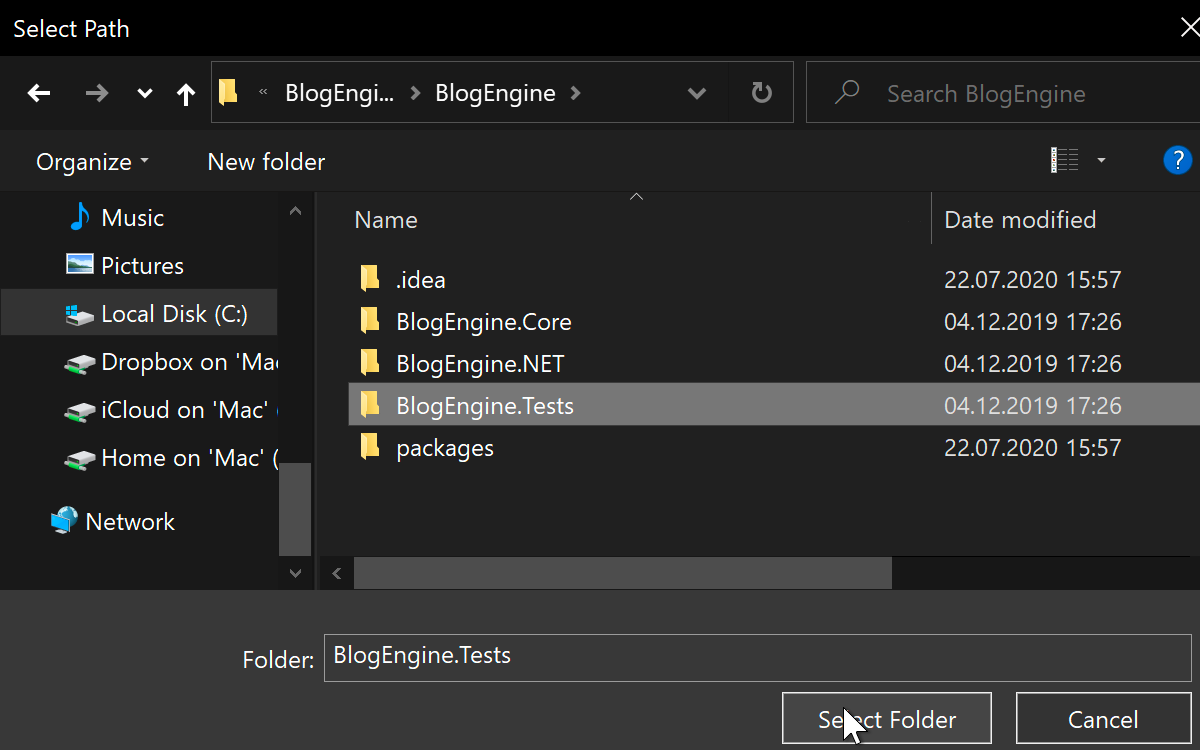
- Toolbox manager for the Windows Forms designer has been completely redesigned.
- On Windows, you can now access your recent projects by right-clicking the Rider icon on the taskbar or on the Start menu.
Editor
- Syntax highlighting is now available in the Quick Documentation window, where it will provide the same highlighting you see in the code editor.
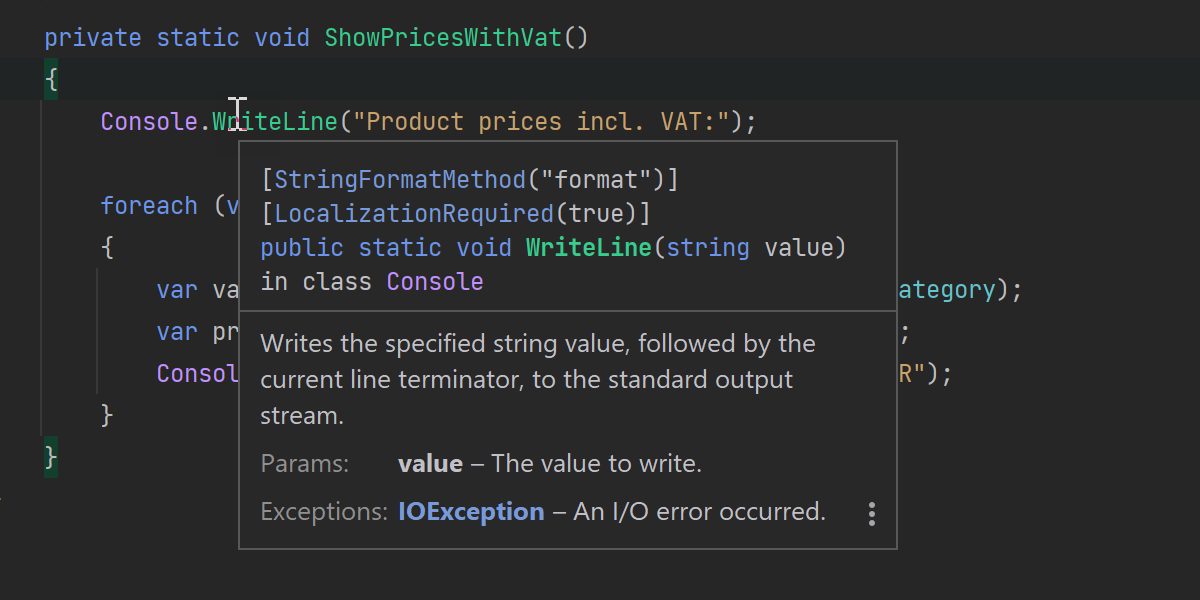
- You can fine-tune the weight of your main and bold font styles in Preferences / Settings | Editor | Fonts.
Code styles
- We’ve added a couple of new formatting settings.
- We’ve added a new Reindent only action for Format Selection.
- We’ve improved how Rider reads settings for naming rules from EditorConfig and how it writes user-defined naming rules to EditorConfig.
F# support
-
We’ve added the new Inline Variable refactoring for local
letbindings.
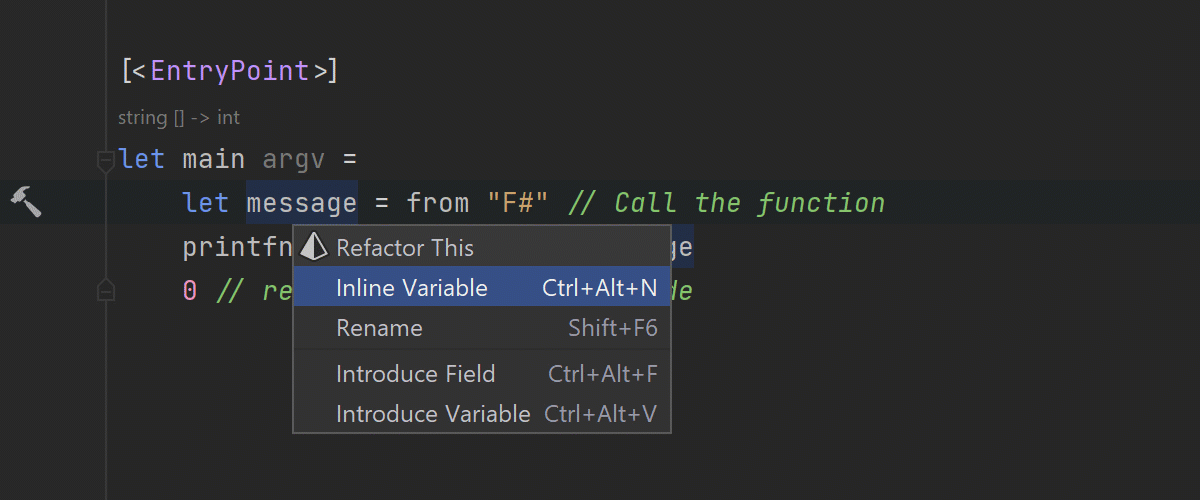
- Rider can now calculate an allowed language level based on the project and compiler used in a build, and it can suggest improvements to make your F# code more up-to-date.
-
To Interpolated String, a new analyzer and quick-fix, can help convert a
printf-style format string to an F# 5 interpolated string.
Last but not least
- We’ve implemented NuGet Smart Restore on build.
- Rider now supports building in parallel on recent versions of Mono.
For more information about all these features, please visit the What’s New in Rider 2021.1 page.
Download the 2021.1 release build from www.jetbrains.com, install it via the Toolbox App, or use this snap package from the SnapCraft store (if you are using a compatible Linux distro).
Subscribe to a monthly digest curated from the .NET Tools blog:


